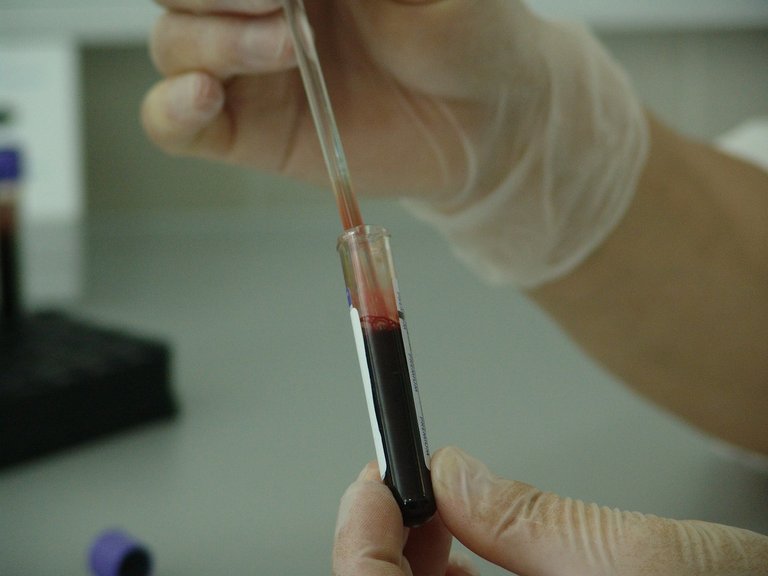Australian biologists from Sydney University and the University of New South Wales have discovered a new mechanism that protects telomeres from damage and prevents the instability of the genome that promotes cancer. The research preprint is published in the bioRxiv repository.

Telomeres are the ends of chromosomes, consisting of a human from the replications of TTAGGG. They prevent the loss of genes during mitosis, because DNA polymerase is not able to synthesize a copy of DNA from the very end, but every time the replication occurs, the telomere shortens. When the telomeres become too short, the cells grow old and die. Sometimes telomeres are a target for undesirable DNA repair (restoration). In this case, different chromosomes can "sew" with each other at their ends or telomeres begin to uncontrollably lengthen, which promotes the appearance of immortal cancer cells.
It is known that at the ends of chromosomes protective structures appear, called T-loops, which close the DNA chain and block the mechanisms of repair. The formation of T-loops is due to the enzyme TERF2 (Telomeric repeat-binding factor 2). This protein is a component of the silterin complex, which directly binds to telomeric DNA.
TERF2 prevents "stitching" telomeres through a non-homologous connection of the ends. The situation is complicated by the fact that TERF2 also blocks the protein kinase ATM, which is responsible for stopping the cell cycle, has an antitumor effect and produces less destructive DNA repair.

To understand how TERF2 finds a balance between the protection of telomeres and the activation of the ATM-dependent pathway, scientists have observed the formation of T-loops using high-resolution microscopy. They somewhat reduced the activity of TERF2 in mouse and human chromosomes, which caused the unraveling of T-loops and the formation of linear ends of chromosomes. At the same time, the ATM pathway was activated, but telomeres were still protected from destructive "cross-linking," even when the mechanism of non-homologous joining of the ends was the most active.
In the future, scientists plan to determine whether the age-related shortening of telomeres is associated with a less effective formation of T-loops and activation of the ATM pathway.

For starters, my grand mother is living with this scourge, we have been taking care of her but I personally can feel the agony she is going through.
I give thanks to the continued efforts of the researches in Sydney. There continued efforts will bring freedom to mankind. Thanks for the thoughtful post.
In the future the medicine will be so advanced that I think cancer can be erased. I think it's a possibility. Hope it happens..
Congratulations @benrest! You have completed the following achievement on Steemit and have been rewarded with new badge(s) :
Click on the badge to view your Board of Honor.
If you no longer want to receive notifications, reply to this comment with the word
STOPCongratulations @benrest! You received a personal award!
You can view your badges on your Steem Board and compare to others on the Steem Ranking
Vote for @Steemitboard as a witness to get one more award and increased upvotes!